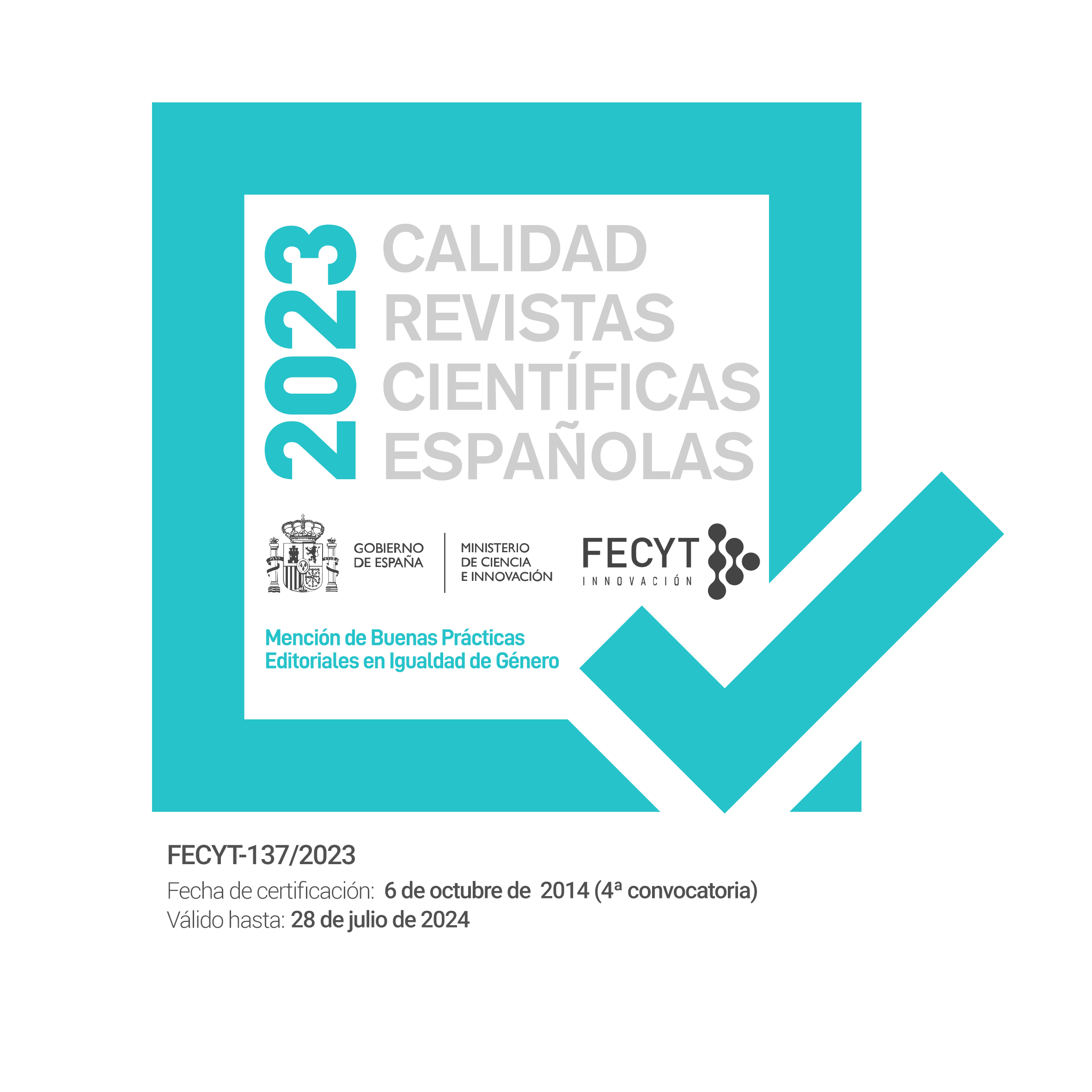Musical persuasion in Donald Trump’s campaign advertising. Juxtaposition resources in contrast spots with production music
DOI:
https://doi.org/10.31921/doxacom.n39a2093Keywords:
Campaign ad, musical syntax, harmony, presidential campaign, Donald TrumpAbstract
This paper studies the soundtrack of some Donald Trump contrast ads that include resources of musical juxtaposition. Adverts that used pre-existing production music during the 2016 and 2020 US presidential campaigns. The preferred technique is to reduce the number of instruments used to a minimum when talking about the adversary and bringing in full orchestration when speaking of the advertiser. Expressive silence is the most powerful musical device for signposting those words or phrases that, due to the information they transmit, summarise the advertising and campaign message in the ad. The Republican candidate opts for alternating and combining harmonious and textural changes to project himself with a tough profile in the second part of the spot, in contrast with the weakness of the Democrat candidates, as represented in the first, negative part. The application of harmonic changes while maintaining the instruments, rhythm and pace of the music strengthens the narrative cohesion of all the audio-visual components. The methodology utilised in this study can be applied to observe music in the audio-visual field outside the context of political campaigns, and even outside advertising.
Downloads
References
Benoit, W. L., Pier, P. M., Blaney, J. R. (1997). A functional approach to televised political spots: Acclaiming, attacking, defending. Communication Quarterly, 45(1), 1-20. ISSN-0146-3373.
Boltz, M. G. (2004). The cognitive processing of film and musical soundtracks. Memory & Cognition 2004, 32(7), 1194-1205. https://doi.org/10.3758/BF03196892
Christiansen, P. (2020). Music and Sound in the Twenty-First-Century U.S. Presidential Campaign [Reseña]. Presidential Studies Quarterly, 50(2), 470–474. https://doi.org/10.1111/psq.12648
Deutsch, D. (1982). The Psychology of Music. Academic Press.
Esteve Rico, J. C. (2018). Análisis de las propiedades acústicas del trombón y su aplicación en el aula de viento-metal mediante las TIC [Tesis doctoral]. Universitat d’Alacant/Universidad de Alicante.
Forceville, C. (2009). The role of non-verbal sound and music in multimodal metaphor. En C. Forceville, E. Urios-Aparisi (Eds.), Multimodal Metaphor (pp. 383-402). De Gruyter.
García Beaudoux, V., D'Adamo, O. (2006). Comunicación política y campañas electorales. Análisis de una herramienta comunicacional: el spot televisivo. Polis: Investigación y Análisis Sociopolítico y Psicosocial, 2(2), 81-111.
Gronbeck, B. E. (1985). The Presidential Campaign Dramas of 1984. Presidential Studies Quarterly, 15(2), 386–393. http://www.jstor.org/stable/27550214
Herreras Carrera, A. (2023). La sintaxis musical en los spots presidenciales de Hillary, Trump y Biden. Más Poder Local, 51, 61-79. https://doi.org/10.56151/maspoderlocal.92
Hindemith, P. (1961). A Composer's World. Anchor Books.
Kaid, L. L., Johnston, A. (2001). Videostyle in Presidential Campaigns: Style and Content of Televised Political Advertising. Praeger.
Hunter P. G., Schellenberg E. G. (2010). Music and Emotion. En Riess Jones M., Fay R., Popper A. (Eds.), Music Perception (pp. 129–164). Springer.
Huron, D. (2006). Sweet Anticipation: Music and the Psychology of Expectation. The MIT Press.
Huron, D.; Margulis, E. H. (2010). Musical expectancy and thrills. En P. N. Juslin, J. A. Sloboda (Eds.), Handbook of music and emotion: Theory, research, applications (pp. 575–604). Oxford University Press.
Jaimovich J., Coghlan N., Knapp R.B. (2013) Emotion in Motion: A Study of Music and Affective Response. En M. Aramaki, M. Barthet, R. Kronland-Martinet, S. Ystad (Eds.), From Sounds to Music and Emotions (pp. 19-43). Springer. https://doi.org/10.1007/978-3-642-41248-6_2
Kasper, E. T., Schoening, B. S. (2012). Don't Stop Thinking about the Music: The Politics of Songs and Musicians in Presidential Campaigns. Lexington Books.
Kohler, K. J. (2009). Rhythm in Speech and Language. Phonetica, 66(1-2), 29-45. https://doi.org/10.1159/000208929
Kunimoto, T. (1994). Brass instrument type tone synthesizer. The Journal of the Acoustical Society of America, 95(6), 3688-3689. https://doi.org/10.1121/1.409895
Lehman, F. (2012). Reading Tonality Through Film: Transformation Theory and the Music of Hollywood [Disertación]. Harvard University.
Lehman, F. (2013). Hollywood Cadences: Music and the Structure of Cinematic Expectation. Music Theory Online (Society for Music Theory), 19(4). http://bit.ly/3SkUSa7
Lehman, F. (4 de noviembre de 2015). Trailers, Tonality, and the Force of Nostalgia. Musicology Now (American Musicological Society). https://bit.ly/3HliQNb
Lehman, F. (2018). Hollywood Harmony. Musical wonder and the sound of cinema. Oxford University Press.
Lerdahl, F. (2001). Tonal Pitch Space (edición ilustrada, 2005). Oxford University Press.
Lerdahl, F.; Jackendoff, R; González-Castelao, J. (Trad.) (2003). Teoría generativa de la música tonal. Akal (Año de publicación original: 1983).
Lewin, D. (1993). Generalized Musical Intervals and Transformations. Yale University Press.
Mattheson, J. (1999). Der Vollkommene Capellmeister. Bärenreiter (Libro original publicado en Hamburgo en 1739).
Meyer, L. B. (1957). Meaning in Music and Information Theory. The Journal of Aesthetics and Art Criticismm 15(4), 412-424. https://doi.org/10.2307/427154
Oroe, D. (2018). Trump the Musical Prophet. En E. T. Kasper, B. S. Schoening (Eds.), You Shook Me All Campaign Long: Music in the 2016 Presidential Election and Beyond (pp. 263-316). University of North Texas Press.
Panksepp, J. (1995). The Emotional Sources of "Chills" Induced by Music. Music Perception, 13(2), 171–207. https://doi.org/10.2307/40285693
Patel, A. D. (2008). Music, language and the brain. Oxford University Press.
Pelinski, R. (2000). Invitación a la etnomusicología: Quince fragmentos y un tango. Akal.
Quintana Quintana, C. (2015). Estudio acústico del piano [Proyecto fin de carrera]. Universidad de Las Palmas de Gran Canaria. Escuela de Ingeniería de Telecomunicación y Electrónica.
Rodman, R. (2012). John Williams's Music to Lost in Space: The Monumental, the Profound, and the Hyperbolic. En K. J. Donnelly, P. Hayward (Eds.), Science Fiction Television. Routledge.
Sánchez-Porras, M. J. (2013). La persuasión de la música en la publicidad. El ejemplo Coca-Cola. Historia y Comunicación Social, 18, 349-357. https://doi.org/10.5209/rev_HICS.2013.v18.44333
Sansa Llovich, J. (2013). Quintas y octavas prohibidas en el período tonal-modal [Tesis doctoral]. Universitat Autònoma de Barcelona.
Schlenker, P. (2017). Outline of Music Semantics. New York University.
Sears, D. R. W. (2015). The perception of cadential closure. En M. Neuwirth, P. Bergé, What Is a Cadence?: Theoretical and Analytical Perspectives on Cadences in the Classical Repertoire (pp. 253-285). Leuven University Press. https://doi.org/10.2307/j.ctt14jxt45
Sel, A., Calvo-Merino, B. (2013). Neuroarquitectura de la emoción musical. Revista de Neurología, 56(5), 289-297. ISSN: 0210-0010.
Sloboda, J. (1991). Music Structure and Emotional Response: Some Empirical Findings. Psychology of Music, 19(2), 110-120. https://doi.org/10.1177/03057356911920
Stefanoni, P. (2021). ¿La rebeldía se volvió de derecha? Cómo el antiprogresismo y la anticorrección política están construyendo un nuevo sentido común (y por qué la izquierda debería tomarlos en serio). Siglo XXI.
Storr, A. (2002). La música y la mente. Paidós (Libro original publicado en 1992 por Harper Collins: Music and the Mind).
Tedesco, John C. (2008). Advocacy advertising. En L. L. Kaid, C. Holtz-Bacha, (Coords.), Encyclopedia of Political Communication (pp. 4-8). SAGE Publications. https://dx.doi.org/10.4135/9781412953993
Torras Segura, D. (2010). Funcions, estètica i tipologies de la música i el silenci en els espots electorals: Estructures narratives de la música i el silenci en els vídeos electorals [Tesis doctoral]. Universitat Ramon Llull). http://hdl.handle.net/10803/9216
Torras Segura, D. (2012). Modelos de música y silencio en la persuasión electoral. En T. Fraile Prieto, E. Viñuela Suárez (Eds.), La música en el lenguaje audiovisual: Aproximaciones multidisciplinares a una comunicación mediática (pp. 489-502). Arcibel.
Trent, J. S., Friedenberg, R. V. (1983). Political Campaign Communication: Principles and Practices. Rowman & Littlefield.
Zamacois, J. (2002). Teoría de la música (II). Idea Books (Fecha de publicación original: 1949).
Downloads
Published
How to Cite
Issue
Section
License
Copyright (c) 2024 Aleix Herreras Carrera

This work is licensed under a Creative Commons Attribution-NonCommercial 4.0 International License.

























